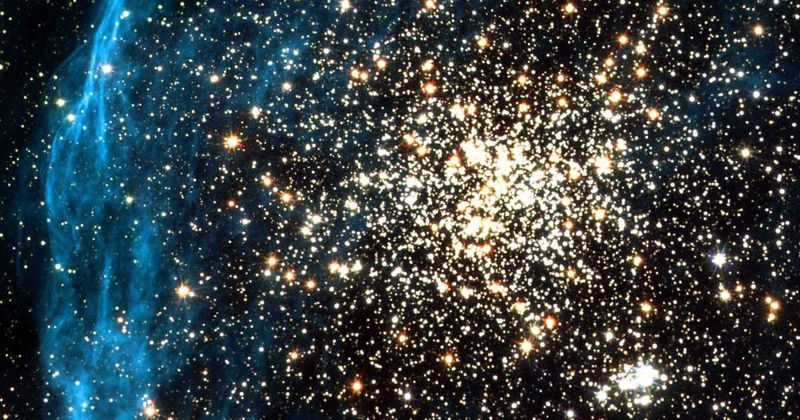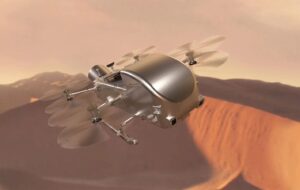The dark abyss of outer space seems endless to explore. There are countless celestial objects levitating in this dark ocean of space. For centuries, scientists and astronomers have classified various objects into lists and categories. This time, however, a team of researchers discovered an object at the center of the Milky Way galaxy that didn’t fit into those categories. This is a one-of-a-kind object that has not been observed before. Details of its discovery and analysis are published in the Astrophysical Journal Letters.
The center of the Milky Way is teeming with billions of stars, tens of millions of gas masses, a supermassive black hole, forming stars, and a vast graveyard of stellar debris. So this was the most likely place where they could find an astronomical object. But what they finally observed left them stunned.
The mysterious object was first discovered when researchers observed the central molecular zone (CMZ), a special region in the Galactic Center known for its dense gas and star-forming regions. The object was found to be bubbling with cold dust and fast-moving gas traveling at almost 112,000 miles per hour from a small region at the heart of our galaxy, according to the Daily Express. The temperature of the gas around the object was recorded at -436 degrees Fahrenheit, significantly colder than typically seen in this region of the galaxy. Another strange behavior the object displays is that it only emits microwaves.

To understand the object, they compare it to previously known astronomical objects such as a supernova or an evolved star. However, this object does not match the properties of any of the known celestial bodies. The team labeled the object the Millimeter Ultra-Broad Linear Object (MUBLO).
Whatsit was located using the Atacama Large Millimeter/Submillimeter Array (ALMA) interferometer at the ALMA Observatory in Chile, known for its high-resolution imaging capabilities. This array uses up to 66 telescopes to detect sources of electromagnetic radiation emitted from space at millimeter and submillimeter wavelengths.

While exploring the Galactic Center, the researchers encountered radiation coming from a source they named “G0.02467–0.0727”. To classify the object, they reviewed the properties of the known range of astronomical objects, but realized that none of them matched the strange object they had discovered. Given the mass of the dust, the researchers concluded that the energy in the gas was very high. They called it “strange dust”. Since they didn’t know if the dust was protostellar, they thought it might be supernova dust. But the properties of the object indicate otherwise.

“We have demonstrated the existence of a dusty source with a broad linewidth that is only detectable at millimeter wavelengths. Given this limited information, we now attempt to classify the object. We are considering many possibilities,” the researchers wrote in the study. “Possible mechanisms include protostellar outflow, explosive outflow, protostellar inflow, ejection from an evolved star, planetary nebula, stellar collision, high-velocity compact cloud (HVCC), intermediate-mass black hole (IMBH), galaxy, or supernova.” We evaluate each of these hypotheses in the following sections, but find that none satisfactorily explains the data.

They also looked at the star formation phenomenon that prevails in the Galactic Center. Star-forming regions are also naturally rich in dust and molecules. They also worked on the hypothesis that the object could be some kind of “evolved star”, such as an asymptotic giant branch or a red supergiant star with an extreme wind. But since this object had no infrared source, it could not be similar to these stars.

But there may be another possibility. The researchers further considered the possibility that this is such a star and that it is hidden under a dense burst of dust like that of Betelguese’s Great Dimming. But then they looked to see if the high column density required by this mechanism to completely block the star’s infrared light would still make MUBLO unique.
As for whether the object could be a planetary nebula, that was highly unlikely since there was no sign of ionized gas. The object’s chemistry also proved that it is not a black hole or a background galaxy. After analyzing all possible classifications for this object, they concluded their study by writing, “Future mid-infrared and millimeter observations will be needed to determine what this object is.” The team announced that “MUBLO is currently a unique object of observation.” The object is a metaphor that points to the fact that there are still many mysteries lurking in the abyss of outer space waiting to be discovered.



